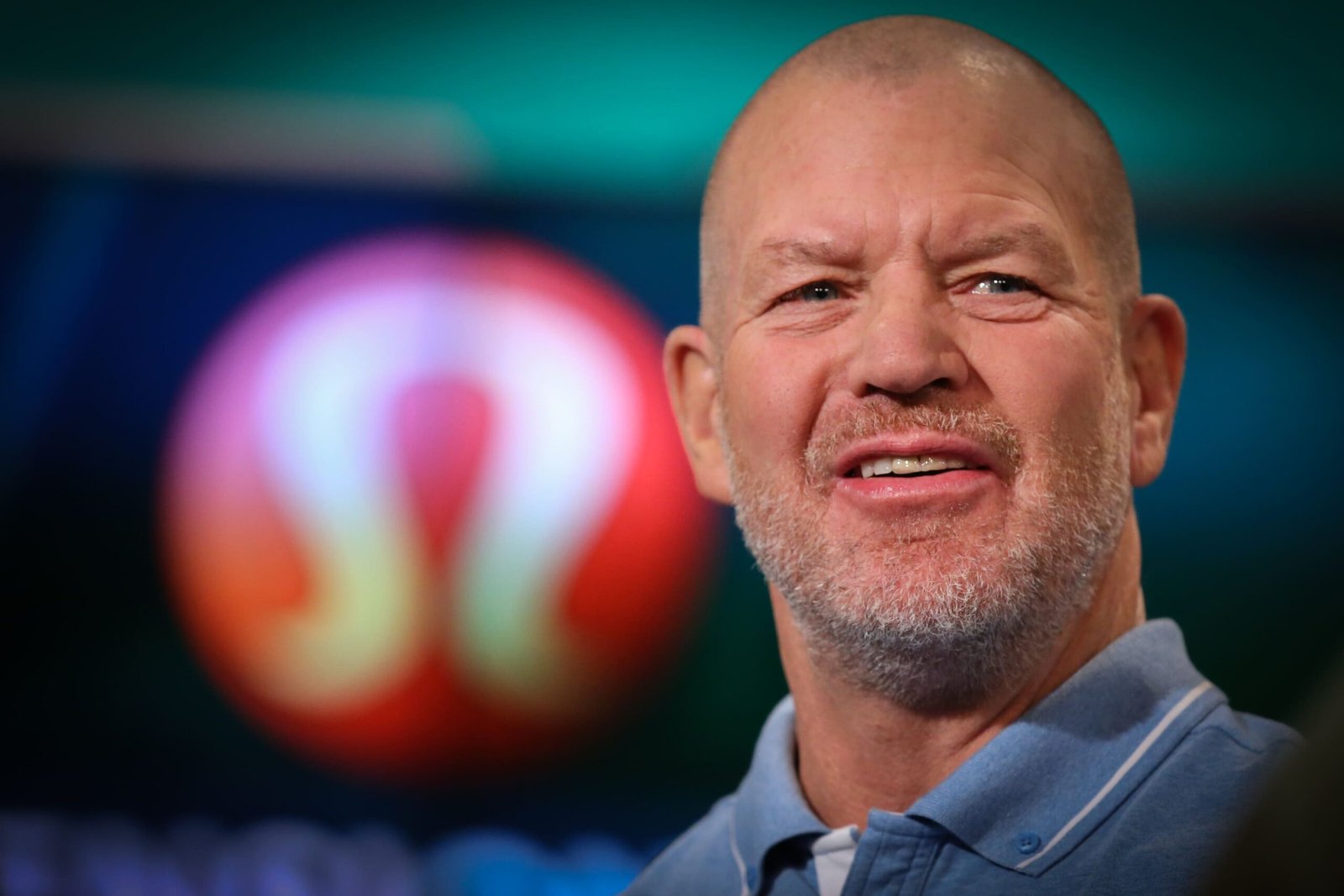Ever wondered who owns Lululemon and how leadership shapes its global growth?
As someone who closely follows activewear brands, here’s a clear and practical guide to Lululemon’s ownership, key executives, and what it means for customers and competitors.
Table of Contents
- Quick Answer
- Founding and Early Ownership
- Current Leadership & Shareholders
- How Ownership Shapes Strategy
- Comparison Table: Lululemon vs. Other Activewear Brands
- FAQs
- Eco-Friendly Alternatives
Quick Answer
Lululemon was founded by Chip Wilson in Vancouver, Canada, in 1998,
but today it is publicly traded on NASDAQ under the ticker LULU.
That means no single person fully owns the company.
Leadership now rests with a professional executive team and shareholders.
View Lululemon’s investor details for the latest updates.
Founding and Early Ownership
- Chip Wilson created Lululemon as a yoga-inspired apparel brand in 1998.
- He served as CEO until 2005 and later as chairman, taking the company public in 2007.
- After selling most of his shares over the years, Wilson is no longer a majority owner,

though he remains a significant early figure.
Current Leadership & Shareholders
Key Executives
- Calvin McDonald – CEO since 2018, known for retail innovation and global expansion.

- Meghan Frank – CFO, focusing on sustainable growth and digital strategy.

Shareholder Base
| Owner Type | Approx. Ownership | Role in Strategy |
|---|---|---|
| Institutional Funds | ~85% | Long-term growth & governance |
| Individual Investors | ~15% | Market influence & stability |
| Founders/Insiders | <10% | Historical significance only |
This public ownership ensures decisions are driven by long-term brand value rather than a single individual.
How Ownership Shapes Strategy
Lululemon’s public structure supports:
- Rapid global expansion into Asia, Europe, and new product lines.
- Sustainable initiatives such as recycled fabrics and carbon-neutral goals.
- Customer-focused innovation, balancing premium pricing with quality.
These decisions reflect board-driven planning, not founder-driven impulses.
Comparison Table: Lululemon vs. Other Activewear Brands
| Brand | Ownership Type | Headquarters | Key Strength |
|---|---|---|---|
| Lululemon | Public, NASDAQ: LULU | Vancouver, Canada | Premium yoga & lifestyle wear |
| Nike | Public, NYSE: NKE | Oregon, USA | Global sportswear leader |
| Gymshark | Private | Birmingham, UK | Direct-to-consumer growth |
| Vuori | Private | California, USA | Sustainable performance fabrics |
This structure lets Lululemon act like a luxury brand while scaling like a global retailer.
FAQs
Q1: Is Chip Wilson still the owner?
No. He sold most of his shares and now holds only a small stake.
Q2: Who makes key decisions now?
The board of directors and executive team, accountable to shareholders.
Q3: Does public ownership affect product quality?
No. In fact, strong investor oversight helps maintain consistent quality and innovation.
Eco-Friendly Alternatives
If you’re exploring custom eco-friendly activewear,
FuKi Yoga provides sustainable private-label yoga apparel.
Our factory supports low-MOQ orders, premium recycled fabrics, and flexible customization—
ideal for brands seeking Lululemon-level quality with an environmentally responsible approach.
Key Takeaway
Lululemon is not owned by one person.
It’s a publicly traded company with leadership by Calvin McDonald and strategic guidance from its board and shareholders.
This structure fuels global reach, sustainable innovation, and premium product quality—
a blueprint that inspires eco-conscious manufacturers like FuKi Yoga.


